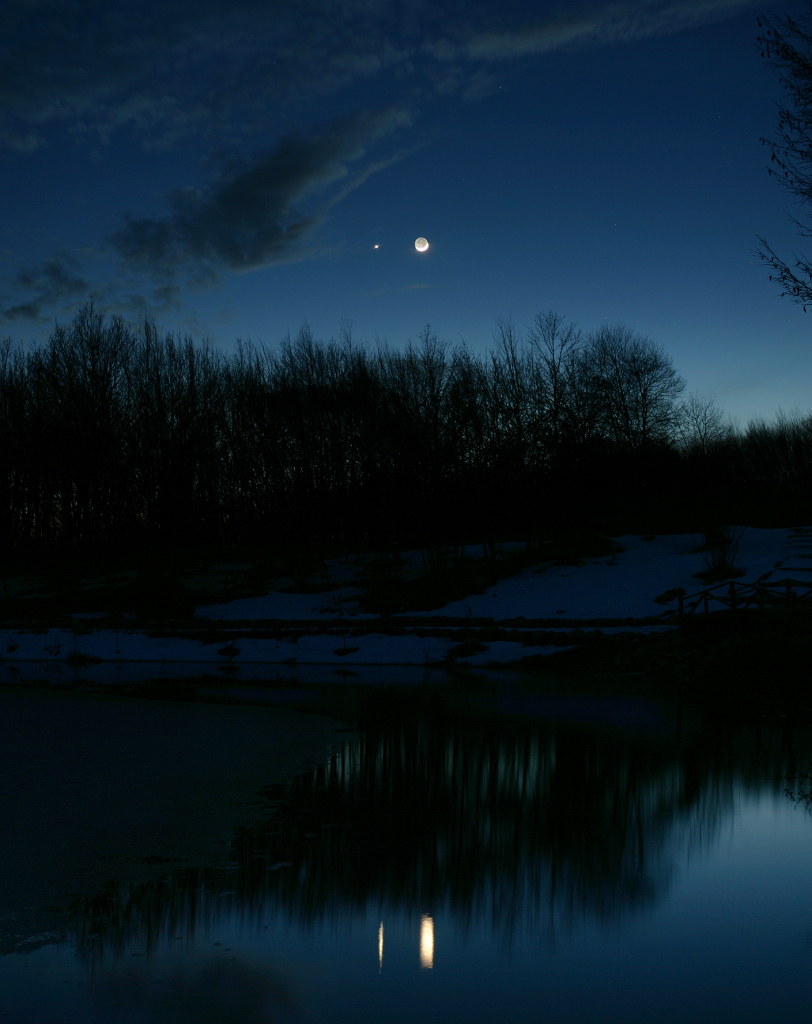
Henrietta Swan Leavitt was born on July 4th, 1868 in Cambridge, Massachusetts to George Roswell Leavitt and Henrietta Swan. She attended Oberlin College and graduated from the Society for Collegiate Instruction of Women, later called Radcliffe College. While in college, she studied classical Greek, fine arts, philosophy, calculus, and geometry. Leavitt did not even take an astronomy class until her fourth year of college. After graduation, she suffered a seriously dangerous disease that left her severely deaf.
In 1895, she began to volunteer at the Harvard College Observatory. Edward Charles Pickering appointed Henriette Leavitt to a permanent position seven years later. She eventually became the head of the photography photometry department, which studied images of stars to determine their magnitude. Throughout her career, she discovered more than 2,400 variable stars, which is half of the known total in her day. Her work led to the cepheid variable period-luminosity relationship. Leavitt discovered a direct correlation between the time it took a star to go from bright to dim to how bright it actually was through the intense observation of the cepheids. This relationship helped other astronomers with their own discoveries.
Leavitt created a standard of photographic measurements that was accepted by the International Committee on Photographic Magnitudes, which became known as the Harvard Standard, in 1913. She used 299 plates from 13 telescopes and used logarithmic equations to organize stars in a range of over 17 magnitudes of brightness.
She worked at the Harvard College Observatory until her death from cancer in 1921.


